|
Uncovering the treasure of information around The Greenwood district of Tulsa, Oklahoma's "Black Wall Street" makes for a fascinating and disturbing study. In the years starting around 1907-1921 the 36 square block section of northern Tulsa, gradually built up a high percentage of professional Black residents and was considered the wealthiest African American neighborhood in the country.
Tulsa History
The Tulsa race massacre was brought into media focus recently when former US President Trump announced that he would hold a rally in Tulsa on June 19, 2020 (Juneteenth). Juneteenth is significant for African Americans because it represents the date our ancestors were informed that slavery had come to an end. Trump's decision to hold the rally on the 99th anniversary of one of America's most heinous demonstrations of racism was thought to be of highest insult and injury to the dignity of African Americans.
May 31, 2021 marks the one hundred year anniversary of the biggest race riot-massacre in America's history. Though attempts were made to remove all mention from newspapers of this atrocity, a new book was just released (5/25/2021) with eye-witness accounts that detail the devastation called, "The Nation Must Awake," by Mary E. Jones Parrish. The oldest living survivor of the massacre gave a testimony to a U.S. House Committee recently on this 5 minute Youtube video, "here." Ms Viola Fletcher, who is now 107 said in part, "for seventy years the city of Tulsa and its Chamber of Commerce told us the massacre didn't happen; like we didn't see it with our own eyes." This strengthens resolve to preserve our history so that we might learn from it.
In Tulsa's Greenwood district at its peak, one dollar circulated 36-100 times in its own community before exiting the enclave according to some reports. This is absolutely remarkable when compared to what is available to us today. For example, if someone buys a book from Afriware Books, Co, a Black owned bookstore I own, let's count the number of times each dollar could be re-circulated:
Tulsa History
The reasons why Tulsa is still a hotbed of emotion is because of the racially charged atmosphere left smoldering through neglect and downright silence in the aftermath of the massacre of 1921. Newspapers refused to write of it, or newsreports were removed as referenced in this video.
The saying “follow the money,” is a useful tool to use when it comes to analyzing the economic state of affairs of the Black community in the Greenwood district of Tulsa, Oklahoma. The high re-circulation rate enabled a large swath of professionals to be sustained in spite of the harsh racist practices therein. According to a table titled, “Black Business Establishments in Tulsa as listed in City Directories 1907-1923” in the Appendix of, “Black Wall Street,” by Hannibal B. Johnson, there were a total of 191 businesses in 1921 recorded months prior to the devastating race massacre that took place in June of 1921. The very next year, there was a 18% decline with a total of 156 businesses counted. In the very next year there was an additional 4% decrease in the number of Black owned businesses. The decade after the massacre, more than half of the businesses were abandoned or closed. The psychological impacts were immeasurable. As quoted by long-time Tulsa resident Opal Long Dargan, “that terrible riot left marks on our minds that will never be erased.” Johnson says, “Ironically, the civil rights actions of some Tulsans that broke down racial barriers helped to break the back of the Greenwood District.” He goes on to say, “As segregation ended, white merchants broke the virtual lock on black dollars that the once-insular African-American community held. Ultimately, the outflow of black dollars … left a parched, barren wasteland – failing businesses, deserted streets, and vacant buildings…. It eliminated self-sufficiency by forcing the smaller, often undercapitalized, sometimes marginal African-American businesses out of the market.”
The economic boon of this town prior to the massacre is a model to behold, and one that is deeply feared by mainstream society. I say this because of the degree of violent eruption that occurred against the this and other communities like it; a community that was not solely reliant on outsiders to accomplish it’s aims . As long as white society was able to exploit and profit from the black community, all was well as Ida B. Wells revealed in her writings. When Wells recognized the parasitic relationship that white businessmen had with the community, she encouraged Blacks to “save our money and leave a town which will neither protest [sic] our lives and property, nor give us a fair trial in the courts, but takes us out and murders us in cold blood when accused by white persons.” That was part of the mindset of those who found their way to Tulsa. When you mix that with the white businesses who refused to allow Blacks to patronize their businesses, the pot of self reliance and Black independence was on its way to cooking on medium to high heat at all times.
Adding fuel to the fires of Black independence were Black businessmen like Edward P. McCabe who bought 320 acres near a town called Guthrie who “boostered” what became Tulsa and surrounding areas as an escape from the domestic terrorism experienced in the Southern states. The paper he founded called, “the Langston Herald” was used to champion the cause saying, “What will you be if you stay in the South? Slaves liable to be killed at any time, and never treated right? but if you come to Oklahoma you have equal chances with the white man, free and independent.”[1 "Black Wall Street” by H. Johnson] Movies/TV on Black Wall street
Though there were attempts to squelch the story of Greenwood, there are some useful videos which are based on the events of the day. Check out: "Watchmen," the HBO TV series was released in 2019, and a documentary on Vimeo called Black Wall Street Burning. Also, an introductory video gives an idea of the events that lead up to the devastation and destruction.
Tulsa History
Over decades, Blacks settled into Northern Tulsa and became shoe makers, printers, bakers, tailors, photographers, tailors, Blacksmiths, contractors and service workers. During its height, there were over 100 businesses, 2 theaters, 2 black schools, grocery stores, hotels, dry cleaners, poolrooms, dance halls, physicians and more.
If segregation was the handmaiden of racism, then economic integration became its gatekeeper. What a ironic conundrum of sorts. In other words, racism and separatism is fine as long as the money that Blacks make flows right back into the white community. When Blacks start building businesses that help circulate those dollars in our own communities and profit off of them, the aforementioned unnatural cycle is broken. No longer can control be unilaterally maintained when other options are being exercised. This is part of why the financial district was destroyed. Why would Blacks spend hard earned money with people who violently disrespected them?
It is said that the Tulsa economy relied on an “economic detour” that in essence gave no other choice but for Blacks to do business with each other. This is different in part from today because there is the “illusion” of inclusion and equal opportunity to do business wherever our imagination will take us. In this case, though, more people of all races are becoming conscientious and particular about where their money is being spent and whether there is:
After the murder of George Floyd, many non-Blacks decided to spend money with Black owned businesses, specifically Booksellers as I wrote about in another article called "How to Be an Ally." Also, many people decided that “Amazon has enough money.” All of this is useful food for thought as you move forward in making purchases online.
The Tulsa Historical Museum has artifacts from the timeperiod.
If you are intrigued, I encourage you to find out more information. The titles mentioned in this post are:
1. "Black Wall Street" by Hannibal Johnson 2. "Across the Tracks: Remembering Greenwood, Black Wall Street, and the Tulsa Race Massacre" by Alverne Bell 3. "Black Wall Street 100: An American City Grapples With Its Historical Racial Trauma" by Hannibal Johnson 4. "The Burning (Young Readers Edition): Black Wall Street and the Tulsa Race Massacre of 1921" by Tim Madigan 5. "Unspeakable: The Tulsa Race Massacre" by Carole Weatherford 6. "The Nation Must Awake" by Mary Jones Parish 7. "The 1921 Tulsa Race Massacre: A Photographic History" by Karlos Hill 8. "Black Wall Street: The Spirit of Community" by LaQuitta Barnes 9. "From Black Wall Street to Allensworth" (21st Century Skills Library: Racial Justice in America: Excellence and Achievement) by Kalisa Wing Visit our "Black Wall Street" category for a complete list of books to choose from. This list is updated with 2021 titles. Youtube Blog CommercialComments are closed.
|
AUDIOBOOKSMERCHGIFTSjoin email listACADEMIC BOOKSblog Author/
|
- Store
- Blog
- AUDIO BOOKS
- EBOOKS
- SEARCH
- Welcome
- GoFundMe
- TUCC
- Events
- READING GUIDE
- AUTHOR INFORMATION
- ARTIST BIO/PRICE
- NNEDI OKORAFOR BOOKS
- PODCAST
- LARUE'S HAND IN CLAY
- About Us
- FREQUENTLY ASKED QUESTIONS
- BOOK FAIR /SCHOOLS / CLUBS
- Photo Gallery
- EJP BOOK DRIVE
- Videos
- Newsletter/Articles
- Archives
- External Links
- Afriware Statement on COVID-19
- GREATER LAKES
- Afriware Merchandise
- AFFILIATE INFO
- SEBRON GRANT ART DESIGNS
- Mother's Day Bundles
- CARTOON
- ROBOTS
- STEM
AFRIWARE BOOKS CO. A COMMUNITY BOOKSTORE SERVING:
|
|
Melrose Park, IL
|
|
,AFRIWARE BOOKS, CO,
1033 SOUTH BOULEVARD, OAK PARK, IL 60302 708-223-8081 ONLINE SUPPORT: Thurs-Fri. 4-6pm Sat. 12-2pm, IN PERSON EVENTS: afriwarebooks.com/events |
Want to try a great website builder, try Weebly at: https://www.weebly.com/r/9SAD4V

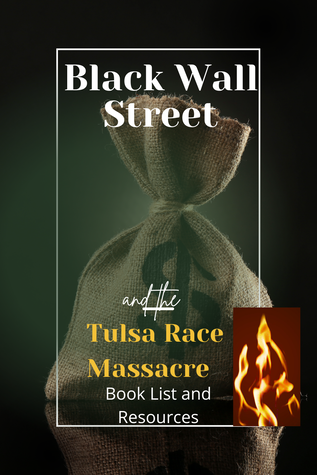
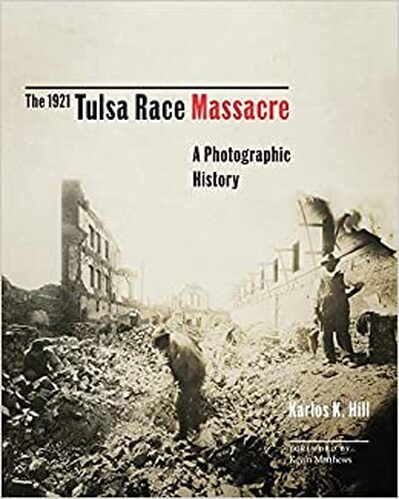
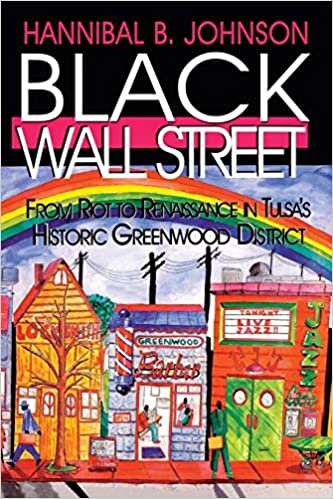
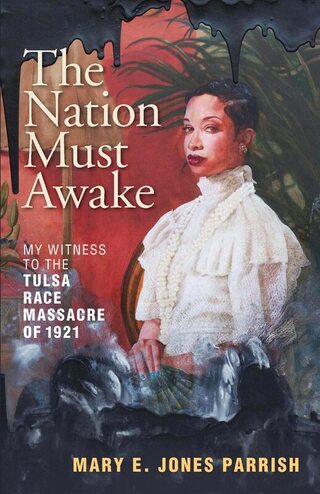

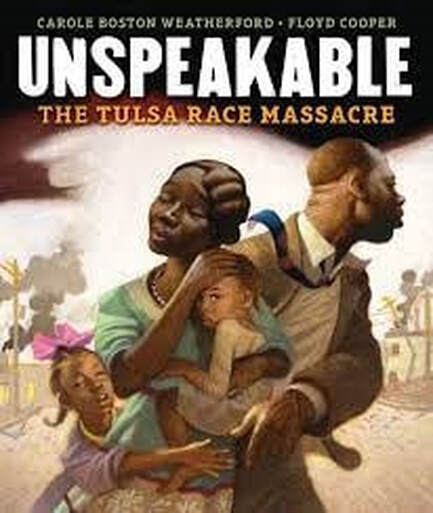
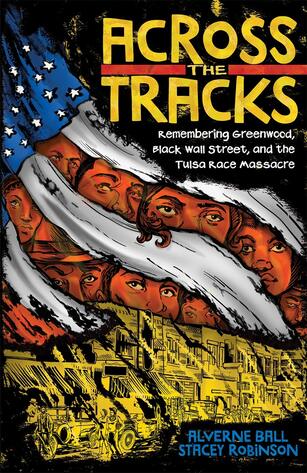
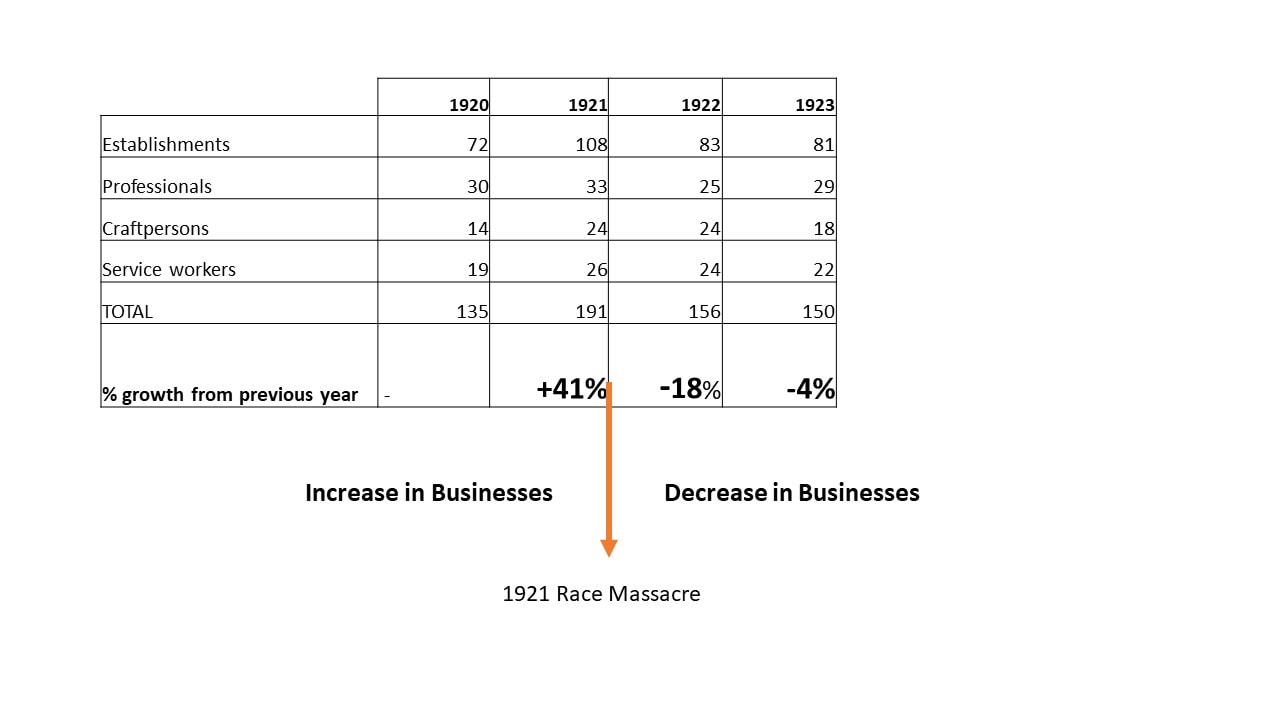
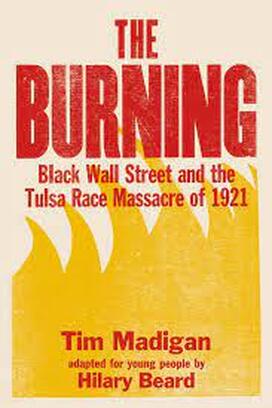
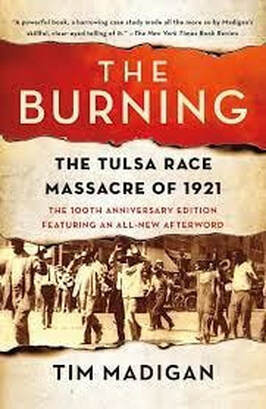
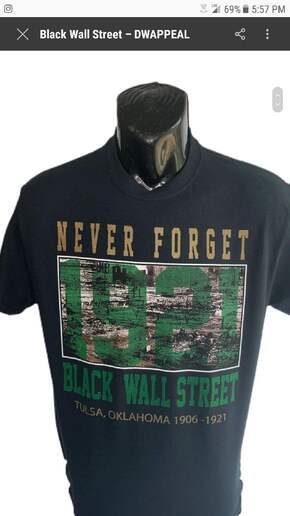
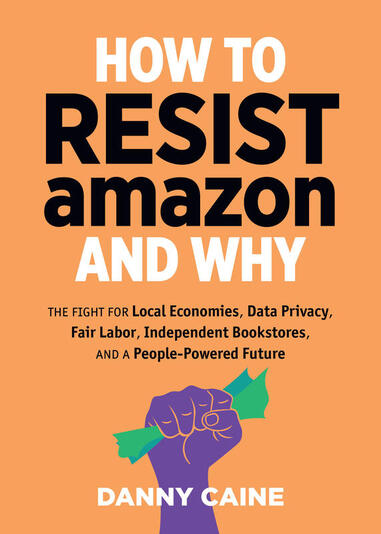
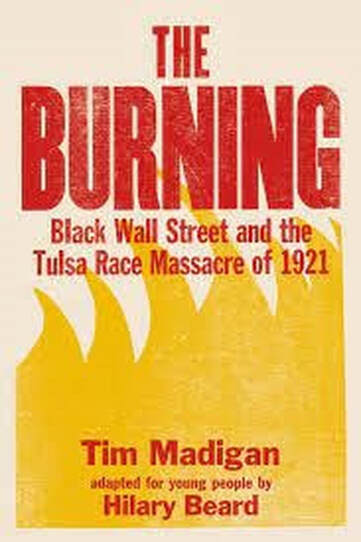
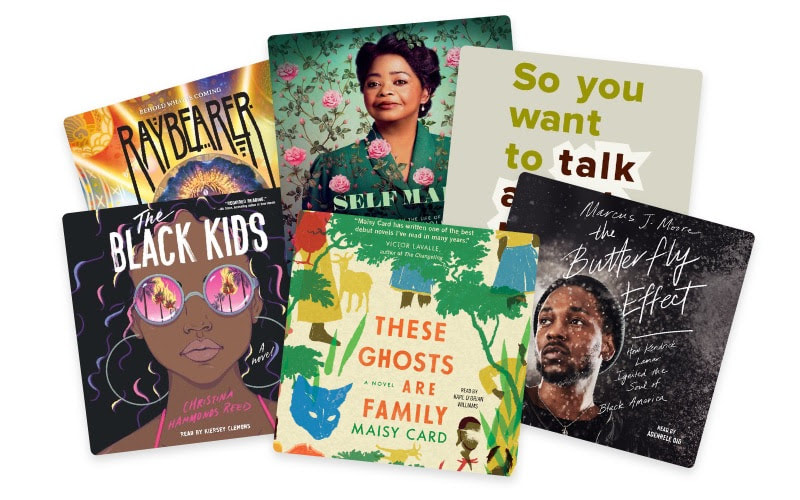
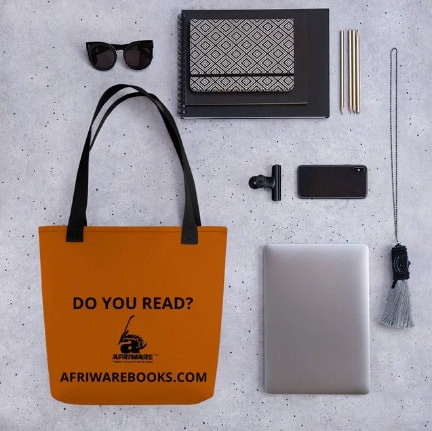
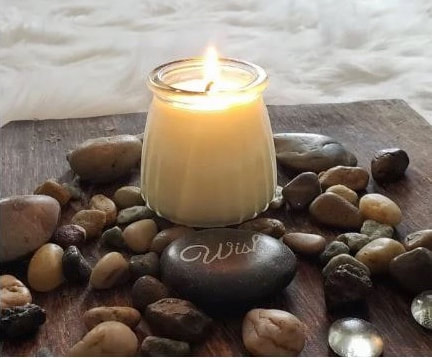


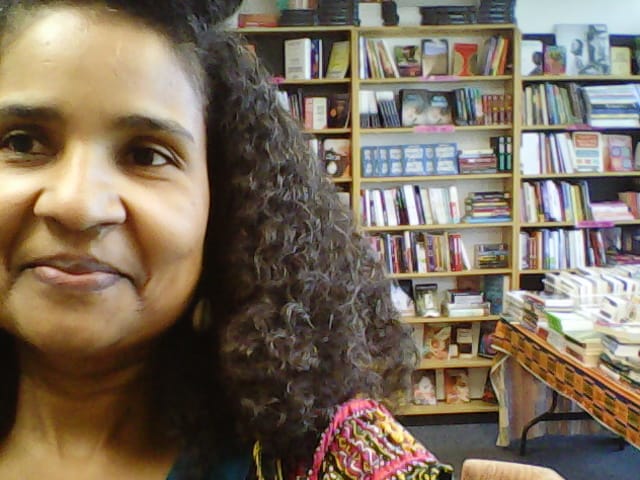
 RSS Feed
RSS Feed


